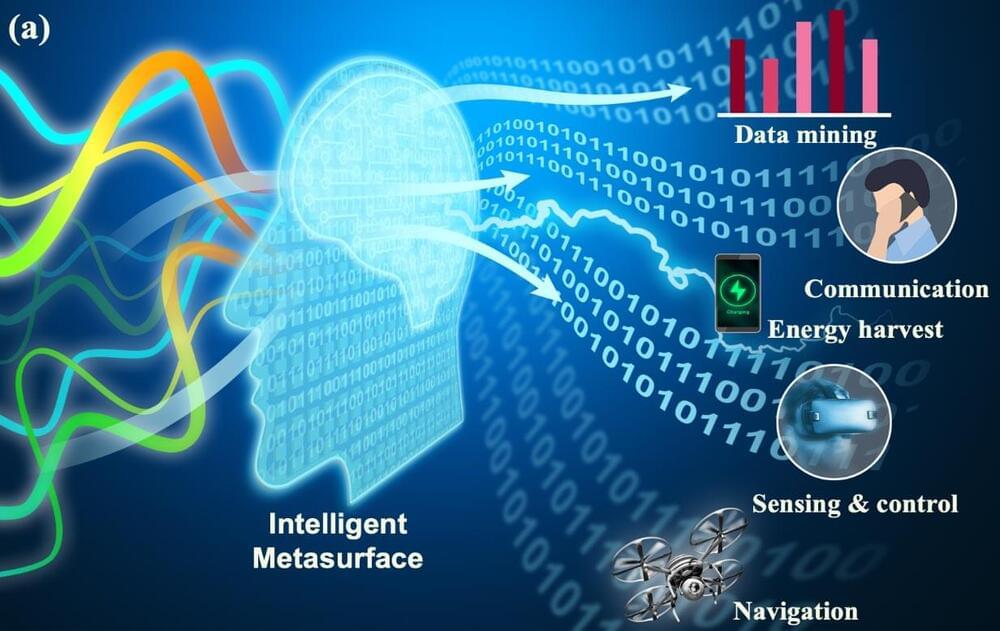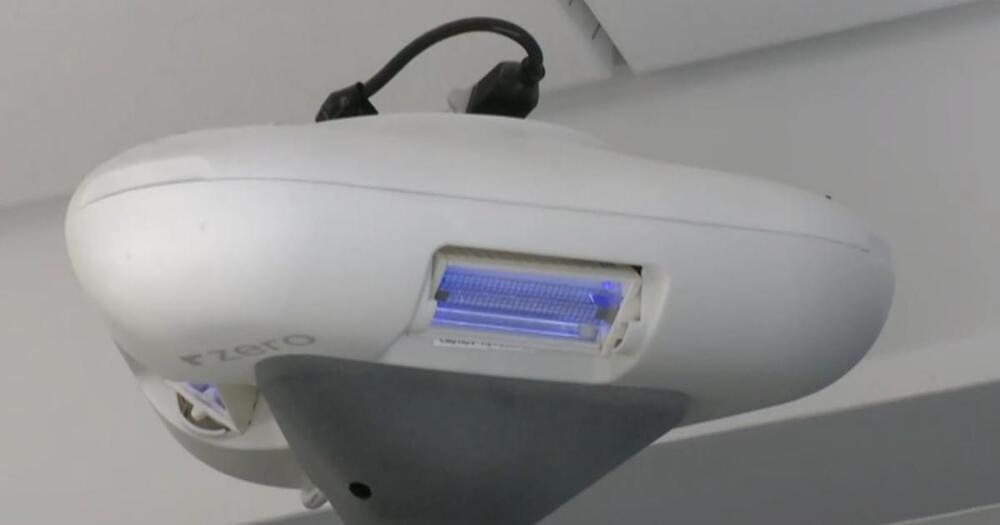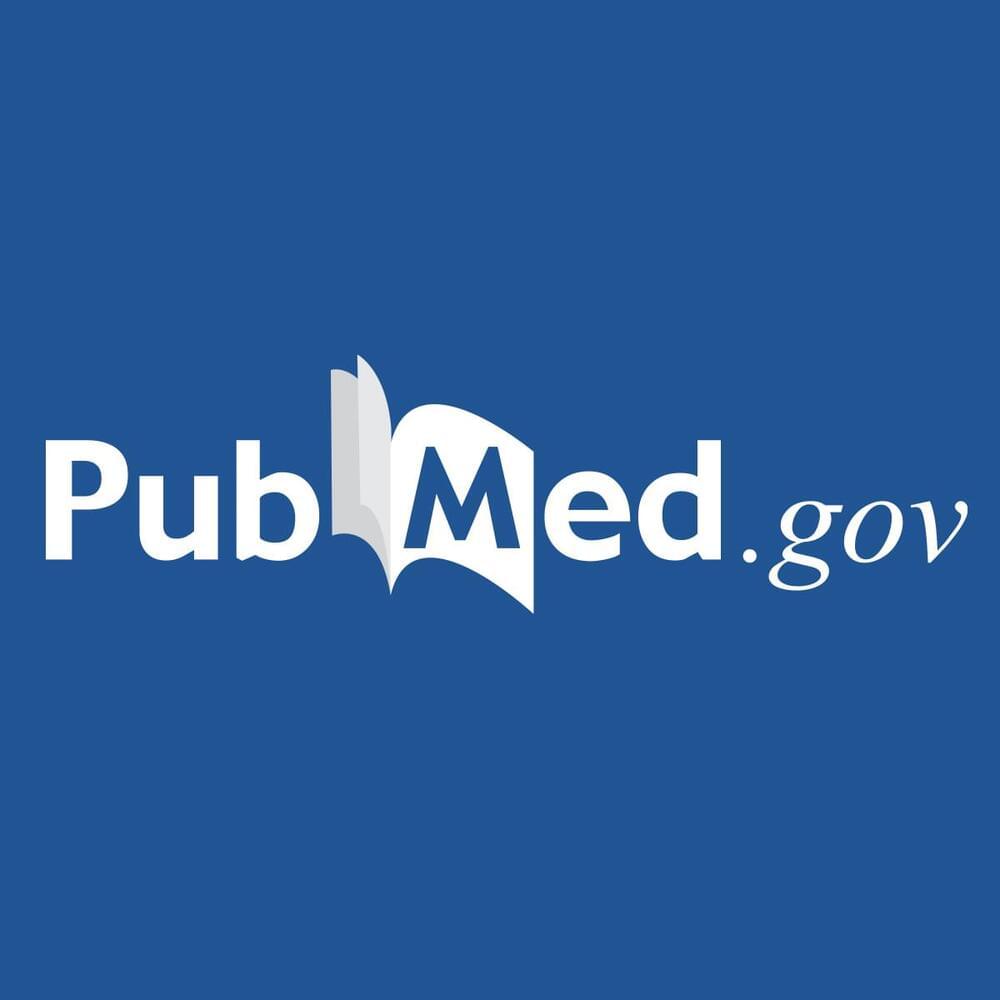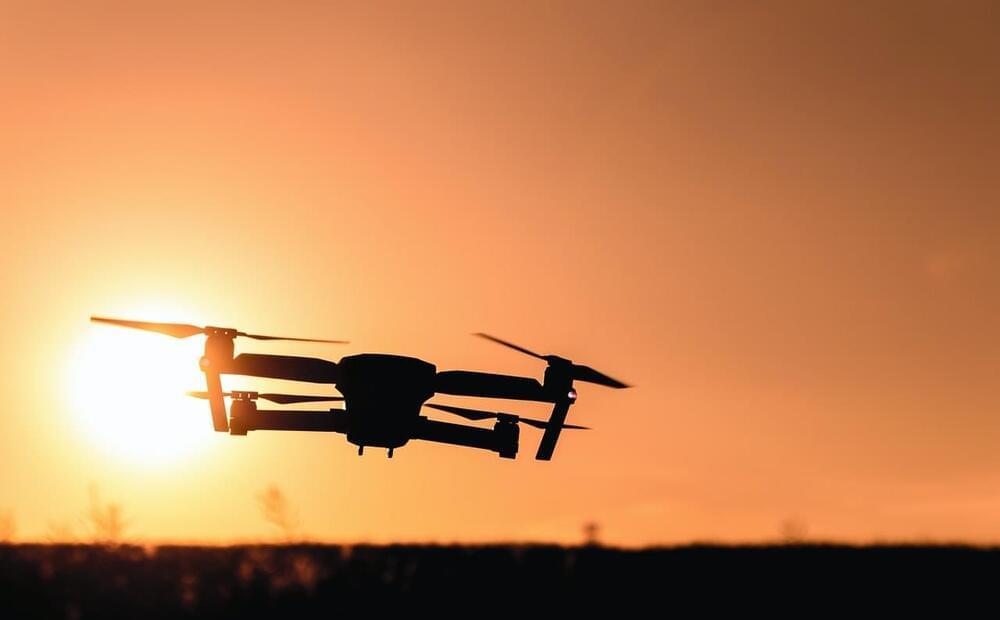May 11, 2022
Intelligent AI-Empowered Metasurface Could Revolutionize Our Lives
Posted by Kelvin Dafiaghor in categories: holograms, information science, robotics/AI
The manipulation of electromagnetic waves and information has become an important part of our everyday lives. Intelligent metasurfaces have emerged as smart platforms for automating the control of wave-information-matter interactions without manual intervention. They evolved from engineered composite materials, including metamaterials and metasurfaces. As a society, we have seen significant progress in the development of metamaterials and metasurfaces of various forms and properties.
In a paper published in the journal eLight on May 6, 2022, Professor Tie Jun Cui of Southeast University and Professor Lianlin Li of Peking University led a research team to review intelligent metasurfaces. “Intelligent metasurfaces: Control, Communication and Computing” investigated the development of intelligent metasurfaces with an eye for the future.
This field has refreshed human insights into many fundamental laws. They have unlocked many novel devices and systems, like cloaking, tunneling, and holograms. Conventional structure-alone or passive metasurfaces has moved towards intelligent metasurfaces by integrating algorithms and nonlinear materials (or active devices).

















